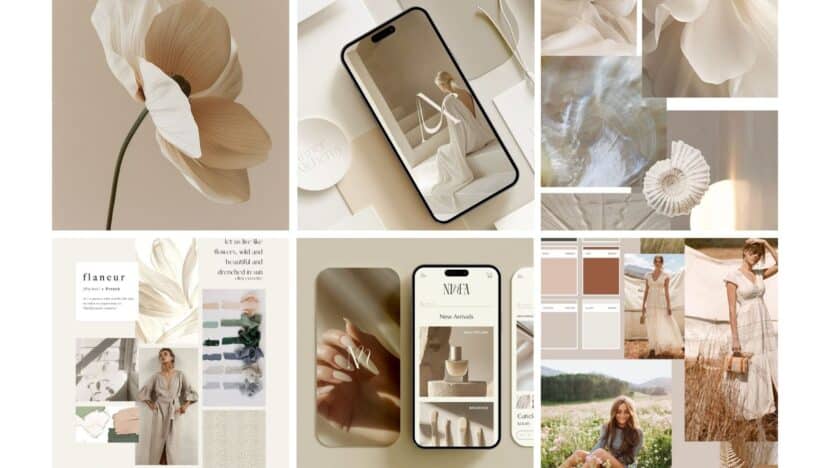Photography in 2025 is shifting rapidly, bringing you new approaches to light, style, and photo processing that are shaping the next wave of visual storytelling. Bold, vibrant colors are making a comeback, giving images a striking presence, while authentic, minimally edited portraits highlight natural texture and true-to-life moments. The mix of classic analog methods and cutting-edge digital technology is helping you create images that feel both fresh and timeless.
As you explore this year’s trends, you’ll notice a blend of documentary-style authenticity and creative experimentation. AI tools are streamlining editing, while advances in camera tech and lighting gear let you experiment with everything from underwater photography to dynamic portraiture. These trends invite you to rethink how you approach your own work, whether you shoot casually or as a professional.

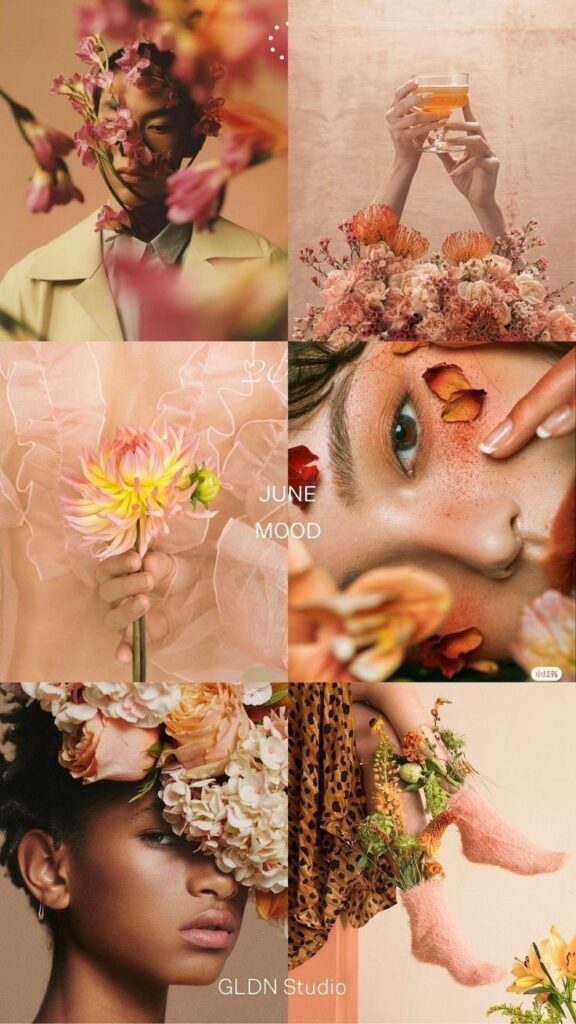
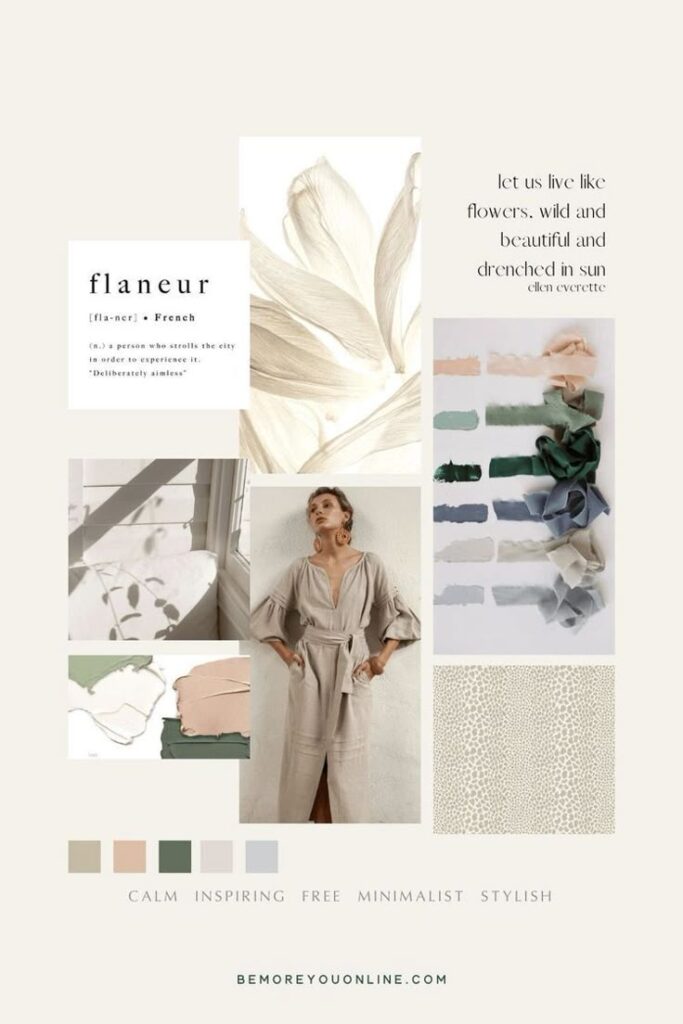
Key Takeaways
- Expect bold colors, authentic portraits, and unique lighting styles.
- Analog and digital techniques combine for creative new looks.
- Technology and AI help streamline editing and expand creative possibilities.
Key Photography Trends Shaping 2025
Photography in 2025 is defined by a preference for real moments, pared-back compositions, and nostalgic influences. Photographers are focusing on conveying emotion and meaning through honest visual narratives, streamlined styles, and reinterpretations of past decades.
Authenticity and Storytelling
You’ll notice a shift toward authenticity in photography, especially in portrait, documentary, and lifestyle genres. Images increasingly feature real skin textures, unposed expressions, and ordinary environments.
Photographers are prioritizing unfiltered moments over heavily edited scenes. Honest storytelling connects viewers to subjects by highlighting true emotions and subtle details.
Key elements seen in 2025:
- Untouched or lightly retouched editing
- Natural light and settings
- Focus on personal stories and human connection
Visual narratives anchored in authenticity create a deeper sense of engagement. Your photos can stand out by focusing on genuine connections rather than perfection.
Rise of Minimalism and Simplicity
Minimalism is a leading trend in creative photography, shaping both composition and processing techniques. You’ll spot images with negative space, subdued color palettes, and clear focal points.
This approach works across various genres, from still life and product photography to architecture and landscapes. Minimalist photos let the subject breathe, reducing distractions and sharpening the viewer’s focus.
To apply minimalism in your photography:
- Use clean backgrounds
- Limit props and elements
- Highlight simplicity through framing and lighting
Minimalism in 2025 isn’t just about aesthetics; it’s a practical method for strong, effective communication in visual storytelling.
Vintage and Retro Aesthetics
Retro and vintage styles are resurging in popularity, heavily influencing photographic trends this year. You’re likely to see film-like grain, soft color grading, and elements inspired by analog photography from the ‘70s, ‘80s, and ‘90s.
Photographers are embracing both digital simulations and real film processes to achieve retro aesthetics. These looks evoke nostalgia and are especially popular in portraits, editorial shoots, and social media imagery.
Common techniques include:
- Film and Polaroid-inspired filters
- Light leaks and lens flares
- Muted or warm color tones
Incorporating vintage elements offers a way to add personality and historical context to your images, resonating with audiences drawn to timeless creative trends.

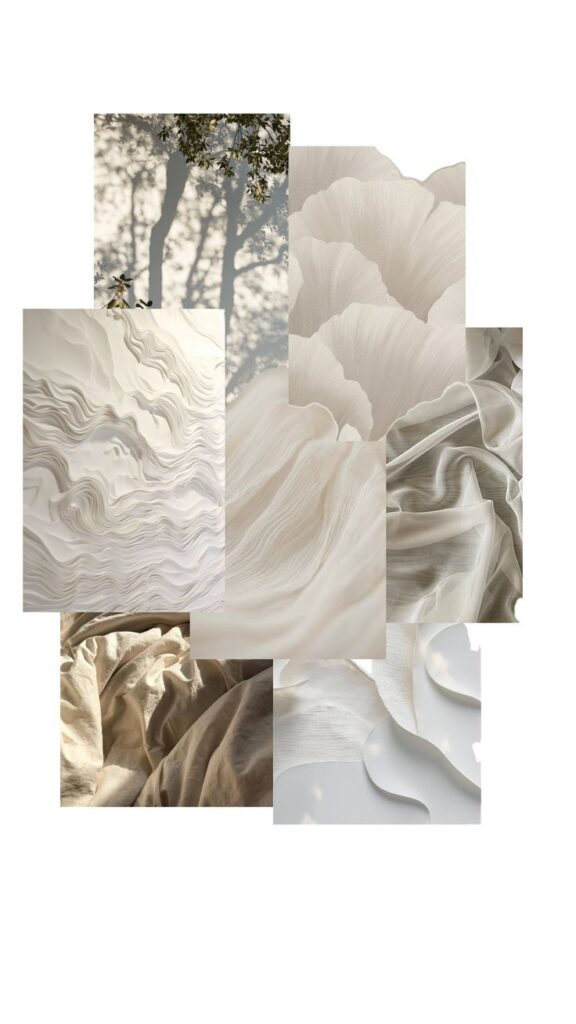

Light and Style Innovations
New directions in photography highlight how you can use color, mood, and sustainable practices to shape your images. The way you approach lighting, style, and environmental impact will influence both the look and message of your photos.
Bright Colors and Sensory Imagery
In 2025, bold colors have become central to creating expressive and memorable photographs. You’ll see a jump in the use of vibrant reds, electric blues, and saturated yellows to build unique personas for brands, organizations, and individuals.
Sensory imagery is about making photos feel almost tangible. Photographers use close-up shots, shallow depth of field, and thoughtful color palettes to trigger emotional and physical responses. These techniques make images more engaging and often more shareable on social media.
Tips for Implementation:
- Use natural daylight for richer, more saturated colors.
- Try post-processing tools to gently refine tones without creating artificial looks.
- Combine texture with color for images that look and feel multidimensional.
Dark and Moody Imagery
Dark and moody photography puts emphasis on atmosphere, contrast, and deeper tones. You’ll find it popular in portrait, fashion, and fine art photography, especially when aiming for authenticity and emotional depth.
This style uses minimal lighting, often relying on a single source like a window or soft lamp. By working with shadows and subtle highlights, your photos can draw viewers’ attention to texture, expression, or narrative.
Common techniques include:
- Shooting at dusk or in overcast natural light.
- Incorporating low-key studio setups.
- Minimizing retouching to let natural skin texture or real moments shine through.
Eco-Friendly and Sustainable Lighting
Sustainability in photography is growing in importance. You can reduce your environmental impact by choosing eco-friendly lighting equipment, such as LED panels, and by using rechargeable or solar-powered batteries.
Try shooting with natural light whenever possible. This not only lessens your reliance on electricity but can also lend an authentic, organic feel to your images. Planning sessions outdoors or near large windows is a straightforward way to use sustainable light sources.
Eco-Friendly Practices:
| Method | Benefit |
|---|---|
| LED or energy-efficient bulbs | Lower energy consumption |
| Rechargeable batteries | Less waste, long-term savings |
| Natural sunlight | No energy use, more natural tones |
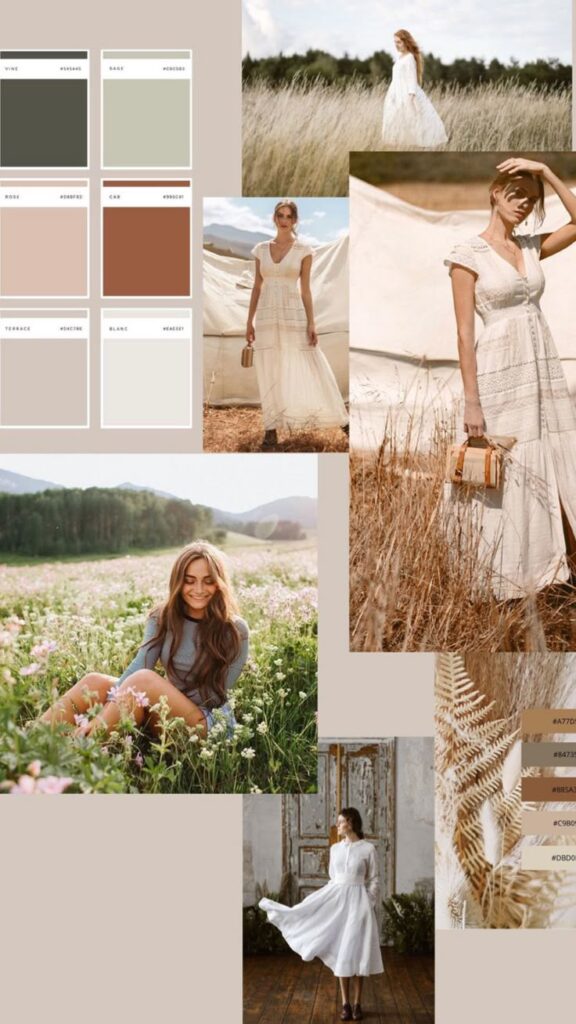
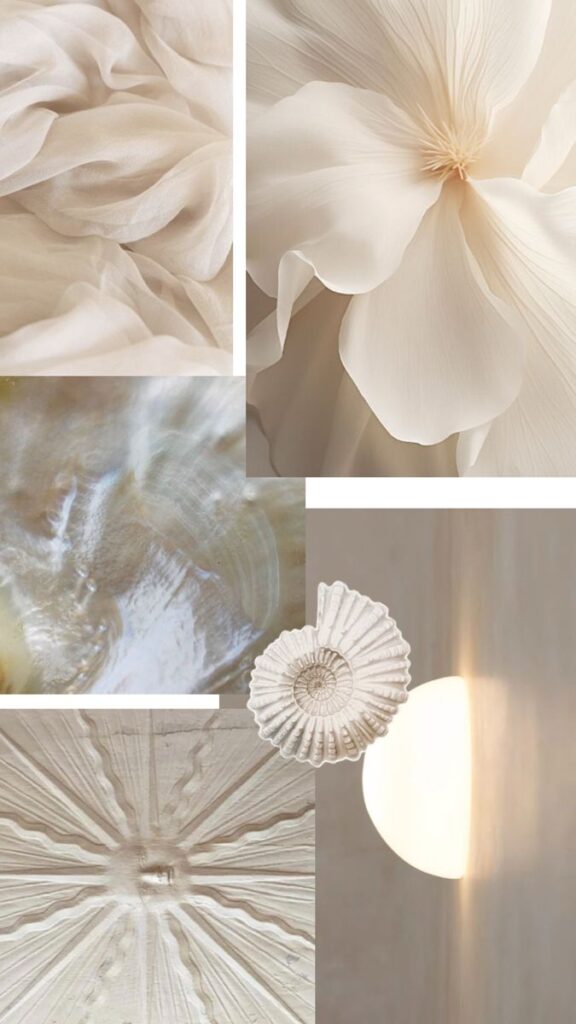

The Impact of Technology and AI
Rapid developments in artificial intelligence and camera technology are changing how you capture and process images. From shooting on your phone to editing masterpieces with the help of AI, 2025 brings tools and techniques that streamline your creative process and expand your visual options.
AI-Powered Editing and Automated Processing
AI in photography now goes far beyond automatic filters. Editing software like Adobe Photoshop and Lightroom offer AI-powered editing tools that save you time by handling repetitive tasks. Features such as background removal, object selection, and sky replacement can now be accomplished within seconds, letting you focus more on creative choices than manual labor.
Automated editing tools analyze your photos and suggest enhancements tailored for each image. Need to adjust lighting, retouch portraits, or correct colors? AI assistants can make subtle adjustments or bold changes based on style preferences you set, maintaining consistency across your photo sets.
With these advancements, you spend less time on routine post-processing. The result is a workflow that emphasizes creativity while reducing the technical barrier for both new and experienced photographers.
Smartphone Cameras and Computational Photography
Smartphone cameras in 2025 are pushing the limits of mobile photography with computational photography. Your device automatically detects scenes, tweaks settings, and even recommends composition improvements, often in real time. AI-powered features like artificial shallow depth of field, night mode, and automatic HDR combine multiple exposures to produce high-quality, detailed images.
Manufacturers use integrated AI chips to process and enhance photos as soon as you press the shutter. This means your images benefit from noise reduction, sharpness boosts, and improved color accuracy immediately—sometimes before you even see the photo.
Instant sharing is now a central part of the experience. You can shoot, edit, and upload your photos directly from your smartphone using advanced editing apps, reducing the need for powerful desktop computers. This accessibility helps you publish your work efficiently.
Emergence of AI Image Generators
AI image generators allow you to create entirely new visuals from text prompts, sketches, or other input. These platforms, like DALL-E and Midjourney, use neural networks to analyze instructions and output highly realistic or stylized photographs in seconds.
You can use these generators for brainstorming, filling gaps in your portfolio, or generating reference material for client projects. They are particularly useful when you need an image that’s hard to capture or would require extensive resources.
While AI image generation raises questions around authenticity and copyright, its creative potential is significant. You’re able to blend unique concepts with conventional photography, adding new dimensions to your visual storytelling.



Popular Photography Styles and Genres
Trends in 2025 reveal a clear focus on authenticity, creative expression, and diversity across several key photography genres. Whether you’re capturing people, products, or moments in real life, your approach shapes how viewers connect with your work.
Portrait and Self-Portraiture
Portrait photography remains a staple thanks to its ability to highlight real personalities and emotions. This year, you’re likely to see an increase in minimally edited images, using natural light and showcasing unfiltered skin textures rather than flawless retouching.
Inclusive photography is also front and center. Photographers are working deliberately to represent a wider variety of backgrounds, body types, and identities. You can expect collaborations with diverse models and the use of casual, unscripted settings to make subjects comfortable and authentic.
Self-portraiture is growing as more content creators use their cameras for personal expression and branding. You’re no longer limited to traditional posed selfies; instead, try experimenting with creative settings, unique lighting, or everyday environments to add a relatable, personal touch.
Product and Commercial Photography
Product and commercial photography has become more nuanced, focusing on how products fit into the lives of real people. You might notice brands using softer natural light, minimal editing, and lifestyle backdrops instead of generic studio shots.
Short-form content and e-commerce platforms demand compelling visuals. That’s why having a mix of close-up shots, flat lays, and user-generated-style content is essential. Authenticity still matters—companies want images that feel both aspirational and accessible.
Experiments with color, texture, and props help your product photos stand out. Consider using props that reflect the product’s story or everyday use. Thoughtful creativity—rather than flashy post-processing—tends to catch a viewer’s attention and invites them to imagine the product in their own life.
Documentary-Style and Candid Approaches
Documentary-style and candid photography are thriving, thanks to a renewed interest in real, unscripted moments. If you’re a content creator, capturing everyday interactions, motions, and honest expressions can make your portfolio relatable and memorable.
Storytelling is the foundation. Rather than staging moments, focus on observing and waiting for genuine reactions. You can layer visual interest by documenting a sequence of events or highlighting contrasts and juxtapositions within the same frame.
Social media platforms reward these authentic glimpses into life. As a result, inclusive storytelling is expanding, emphasizing diverse communities, overlooked experiences, and stories told from new perspectives. Honest processing and subtle color grading help keep images feeling true to life.
Analog Techniques Make a Comeback
Retro is returning in a big way. In 2025, you’ll notice more photographers reaching for film cameras, reviving analog techniques, and experimenting with instant ways to share their vintage-inspired images.
Film and Analog Photography
Film photography is growing fast as more people embrace its tactile, hands-on nature. Shooting on film means every frame matters—you slow down, choose your shots with intention, and get a unique look impossible to replicate with digital editing. Film’s grain, muted colors, and genuine imperfections make images feel more authentic.
You’ll find a greater variety of film stocks, refurbished analog cameras, and even new models released by manufacturers capitalizing on this trend. Shooting with manual controls teaches you more about exposure, light, and focus, giving your images a handcrafted feel. Many are using darkroom techniques and alternative processes, such as cyanotypes or double exposures.
Some popular analog formats:
| Format | Distinctive Feature |
|---|---|
| 35mm Film | Classic, widely available |
| Medium Format | Greater detail, unique colors |
| Polaroid/Instant | One-of-a-kind physical prints |
Vintage and Instant Sharing Methods
Vintage photography styles and instant sharing methods are merging, shaping how you display your work. Instead of posting flawless digital edits, you might scan physical prints or share lo-fi Polaroids directly to social media. Many apps and platforms now support retro-inspired filters and film emulation, mirroring analog aesthetics.
Instant cameras and portable printers are more popular than ever. You can capture a moment and hand out physical prints on the spot, making the experience social and tangible. Creative options like zines, art swaps, and handmade albums let you share your photos offline in personalized ways.
This blend of old-school sharing and modern convenience brings a new dimension to community building and storytelling—highlighting the value of real, physical images in a digital world.
Emerging Visual Media & Shooting Trends
New tools and formats are transforming the way you capture stories, from vibrant aerial shots with drones to dynamic 360-degree photos. Changes in camera technology are also making it easier to work across video, underwater, and interactive media for higher-impact visual storytelling.
Drone and Aerial Perspectives
Drone photography is now widely accessible, thanks to lightweight drones and improved rechargeable batteries. You can produce high-quality images and videos from unique aerial perspectives, capturing landscapes, cityscapes, and even events like weddings from previously impossible angles.
Commercial projects, like real estate and fashion photography, benefit from these dramatic views. In nature photography, aerial shots provide new ways to showcase environmental changes or wildlife patterns without disturbing habitats. Regulations are important, so always check local rules before flying.
Feature comparison of consumer drones:
| Feature | Entry-Level Drones | Professional Drones |
|---|---|---|
| Camera Resolution | 12–20 MP | 20–50+ MP |
| Flight Time | 20–30 min | 30–50 min |
| Obstacle Avoidance | Basic | Advanced AI Systems |
The drone trend also influences digital art, as these images are often used in creative composites and online promotions.
360° and Interactive Imagery
360° photography and interactive imagery are expanding the possibilities of viewer engagement. You can create immersive experiences that allow your audience to explore scenes in every direction—especially useful for travel, architecture, and food photography.
Platforms such as social media now support 360-degree photos, letting viewers pan and zoom. Interactive virtual tours have become popular in real estate listings and museums, offering a remote but complete sense of place. For product and fashion photography, 360° shots help customers examine details before purchase.
Popular uses for 360° imagery:
- Virtual tours for homes and hotels
- Event coverage with panoramic views
- Interactive digital art projects
Easy-to-use 360° cameras and software have made this format a practical choice for many photographers and creatives.
Videography and Hybrid Approaches
Videography is more closely linked to photography than ever. Many mirrorless and DSLR cameras now have strong video features, allowing you to switch between high-quality video and stills with ease. This hybrid approach is valuable for content creators, influencers, and brands looking to share diverse visuals.
For your portfolio, combining video snippets with still images adds variety and can better capture a subject’s essence—especially in food photography or behind-the-scenes fashion shoots. Slow motion, time-lapse, and short form videos are increasingly being posted alongside traditional images.
Hybrid content is also driving new trends in visual media, with digital art often blending photos and video clips for multimedia presentations.
Underwater and Nature Exploration
Underwater photography has advanced with better waterproof housings and more compact cameras. You can now explore marine environments, rivers, and lakes with gear small enough to carry and operate alone, opening new possibilities for both dramatic and subtle nature photography.
Wider use of underwater drones enables capturing unique marine life behaviors and environmental images. These shots are in demand by documentary filmmakers and content creators who want to show rarely seen aspects of the natural world.
Nature exploration isn’t limited to underwater—innovations in battery life and lightweight gear make it easier to shoot in remote forests, mountains, or deserts. Nature photographers often use a combination of drone and underwater imagery to tell complete environmental stories. This approach is especially effective for conservation efforts and eco-tourism promotion.


